Archaeology
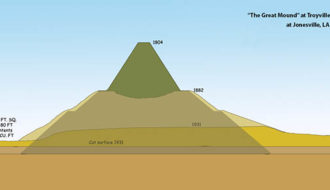
Troyville Culture
Dating to the Late Woodland Period, from 400 to 700 CE, the Troyville Culture is named for an archaeological site in Catahoula Parish.

Dating to the Late Woodland Period, from 400 to 700 CE, the Troyville Culture is named for an archaeological site in Catahoula Parish.
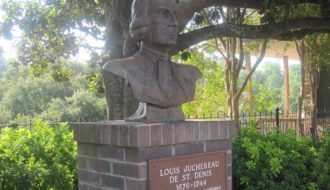
The history of the fort, mission, and settlement of Los Adaes reflects both intercolonial rivalry and cooperation among the Spanish, French, and Native Americans who lived along the border of New Spain and French Louisiana.

This entry covers prehistoric Poverty Point culture during the Late Archaic period, 2000–800 BCE.
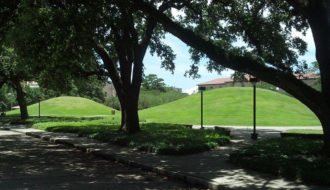
The LSU Campus Mounds are two Native American earthworks from the Middle Archaic Period located on the grounds of Louisiana State University in Baton Rouge.
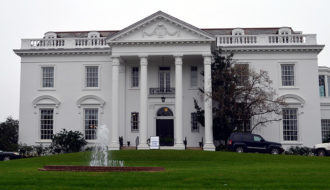
Huey P. Long ordered the construction of the Old Governor's Mansion in 1929, replacing the first Governor's Mansion which was built in 1857.
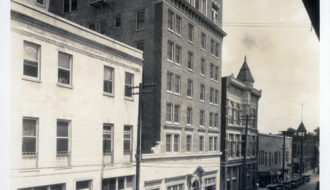
The architectural firm of Weiss, Dreyfous and Seiferth is best known for designing public buildings in the 1930s, many of which were commissioned by Governor Huey Long.
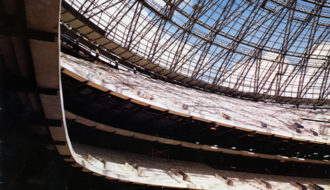
The architectural firm Curtis and Davis designed the Superdome, Rivergate, and other notable buildings in New Orleans and throughout the state.

The West Feliciana Parish Courthouse was built to replace its mid-nineteenth-century predecessor, which had been damaged in the Civil War.
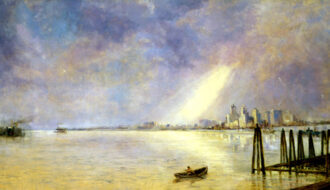
Best known for his paintings of New Orleans's French Quarter architecture, itinerant artist George Frederick Castleden held exhibitions in the courtyard of the Cabildo.
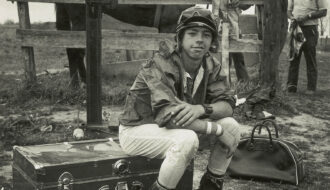
Turner Browne, a still photographer and cinematographer, is best known for "Louisiana Cajuns/Cajuns de la Louisiane," published in 1977.
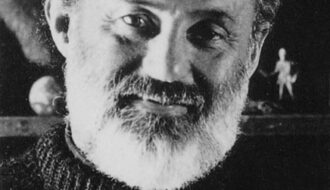
The subjects of New Orleans photographer Michael P. Smith's works include the New Orleans Jazz and Heritage Festival, individual musicians, brass bands, jazz funerals, social aid and pleasure club parades, and spiritual churches.
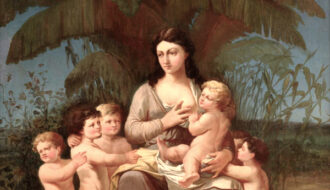
Born in Italy, Dominico Canova spent many years painting frescoes in banks, churches, and private homes in New Orleans and southern Louisiana.
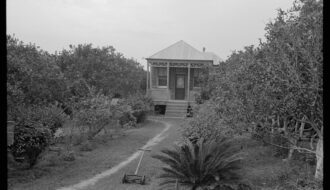
Louisiana’s citrus industry traces its origins to the early 1700s, but the effects of climate change increasingly threaten its long-term viability.
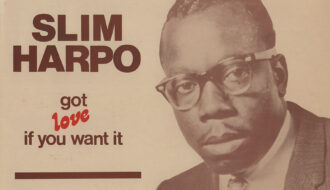
J. D. Miller’s recording studios in Crowley are best known for recording South Louisiana musical genres but the studio leaves a mixed legacy, having produced a series of racist songs in the 1960s.

Freeman & Harris Café was a Black-owned restaurant that served as a pillar of Black social, cultural, and political life in Shreveport.
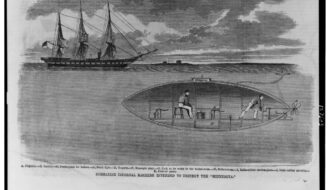
The Singer Submarine Company operated a naval yard on the banks of Cross Bayou that built five Confederate submarines, four of which were sunk before seeing combat.
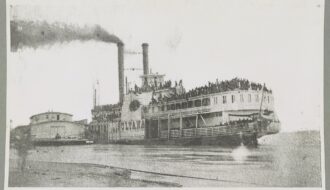
On June 9, 1865, the SS Kentucky capsized in the Red River south of Shreveport, marking the second deadliest inland maritime disaster in US history.
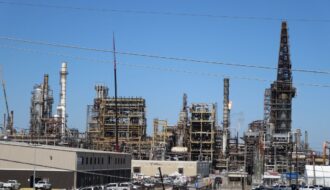
Located along the Mississippi River in southeast Louisiana, Cancer Alley is home to the highest concentration of heavy industry in the United States, with residents reporting high rates of cancer, heart disease, respiratory illnesses, and autoimmune disease.

Imported in the early twentieth century for their fur, nutria have exploded into an invasive species that contributes to coastal erosion.
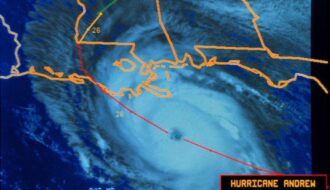
After wreaking havoc on Florida, Hurricane Andrew made landfall in Louisiana and caused widespread devastation.

Catholic Louisianans of Sicilian descent erect altars laden with fresh produce, baked goods, and other foods to honor Saint Joseph.

The diatonic button accordion is a prominent and distinguishing feature of Cajun music, first imported to Louisiana from Europe in the late nineteenth century by German Jewish immigrants.
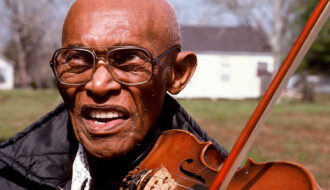
The music of Creole fiddler Canray Fontenot cuts across a variety of musical genres: Cajun, zydeco, and blues-waltzes, a unique style combining elements of blues and jazz.
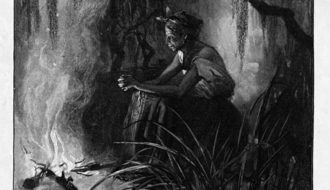
Voudou, a synthesis of African religious and magical beliefs with Roman Catholicism, emerged in New Orleans in the 1700s and survives in active congregations today.
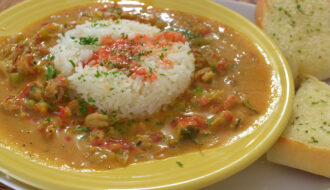
One of Louisiana’s renowned dishes, crawfish étouffée is typically comprised of crawfish cooked in its own juices with other seasonings and served over rice.
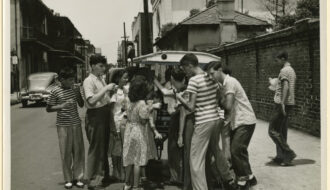
Once peddled by street vendors who hand shaved large blocks of ice, snoballs remain a favorite frozen summertime treat.
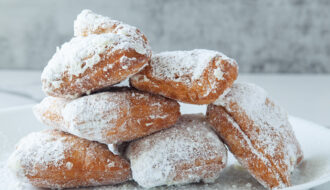
Beignets, or pockets of fried dough served with powdered sugar, are an iconic New Orleans treat.

An unofficial cultural ambassador for Louisiana beginning in the 1970s, Paul Prudhomme was a Cajun chef, restauranteur, author, television star, and entrepreneur.
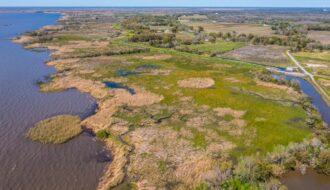
In response to decades of warnings about land loss, Louisiana released its first Coastal Master Plan in 2007.
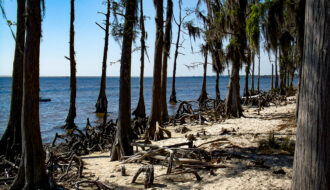
The Fontainebleau State Park bears the name of Bernard de Marigny's sugar plantation, which formerly occupied this site and was itself named after the estate of the French king Francois I.
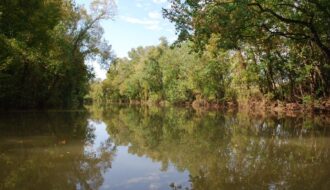
Before railroads and highways, Bayou Teche served as an important transportation route deep into the fertile interior of south-central Louisiana.
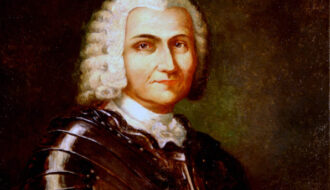
The Natchitoches settlement, founded in 1714, is the oldest in the Louisiana Territory.
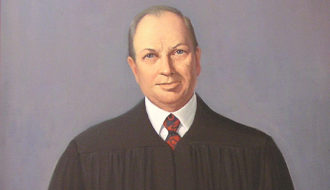
Joe W. Sanders served as the chief justice of the Louisiana Supreme Court from 1973 to 1978.
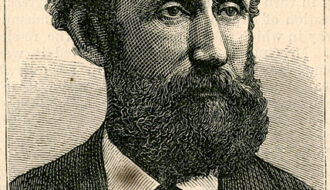
William Pitt Kellogg was governor of Louisiana during the divisive period of Radical Reconstruction.
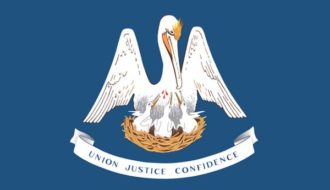
Democrat Joshua Baker served as military governor of Louisiana from January to July 1868.
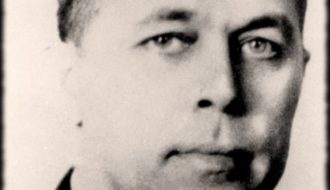
Louisiana Governor Sam Jones promised an honest government following the corruption scandals surrounding the Long administrations.
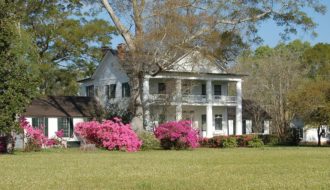
Albert G. Carter built Linwood Plantation in Louisiana from an inherited Spanish land grant.
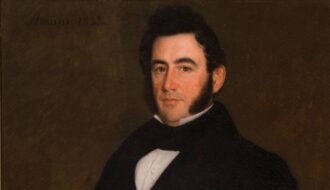
Valcour Aime employed the latest technologies and oversaw the creation of an elaborate garden on his sugar plantation.
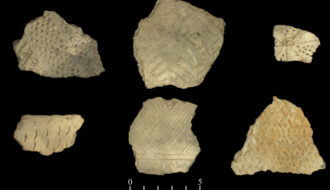
Tchefuncte culture flourished in Louisiana during the Early Woodland Period from 800 BCE to 1 CE.

Manual Juan de Salcedo, the last Spanish governor of Louisiana, served from July 14, 1801, until the transfer of Louisiana to the French on November 30, 1803.
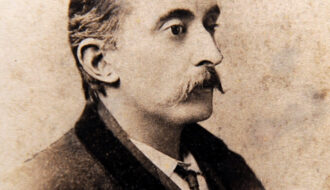
From the time of colonial exploration to the present, Louisiana’s landscape has inspired a rich variety of nature writing.
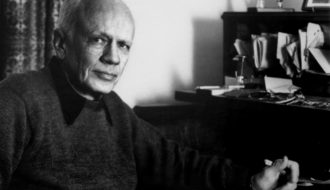
Walker Percy incorporated the culture and traditions of Louisiana in particular, and the South in general, into his literary work.
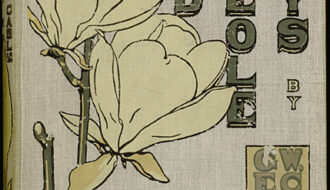
Representations of Louisiana’s Creole population are as varied and complex as the definition of the term itself.
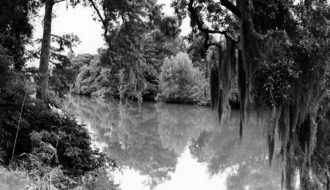
Swamps have a unique place in the literature, film and folklore of Louisiana.
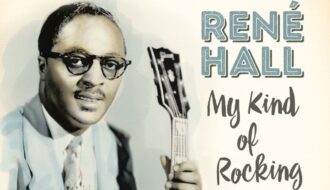
René Hall was an arranger and studio musician who made invaluable contributions to scores of hit recordings from the 1950s through the 1970s.
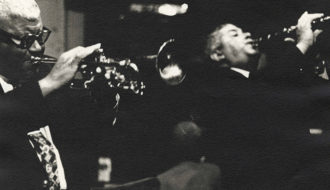
Clarinetist Willie Humphrey played with brass bands and traditional New Orleans jazz bands for more than seventy years; with his brother, trumpeter Percy Humphrey, he led the Preservation Hall Jazz Band.
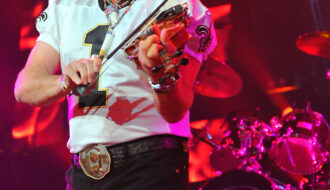
Hank Williams Jr. is an accomplished country-music star and defiant idealogue.
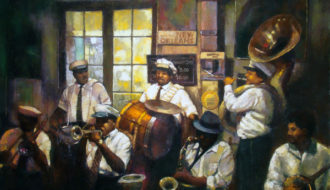
New Orleans's Preservation Hall is a traditional jazz music venue in the French Quarter and the historic center of a worldwide revival of traditional New Orleans jazz.
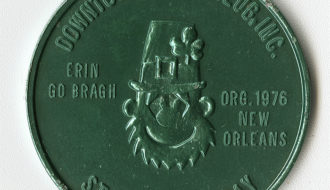
The influence of Irish immigrants in New Orleans can still be seen in the Irish Channel neighborhood, St. Patrick's Day celebrations and churches such as St. Alphonsus.

The Quapaw Indians, whose four villages were located along the Arkansas River, were military allies and trade partners of colonial Louisianans.
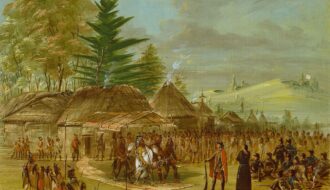
One of Louisiana's pre-contact indigenous groups
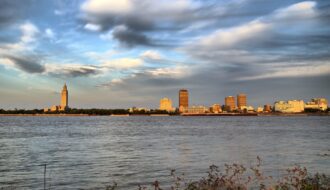
A receiving community is a city, town, or neighborhood that accommodates people displaced by a disaster.
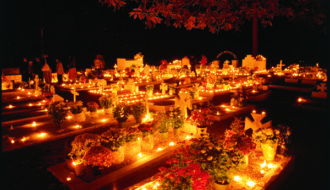
All Saints Day or All Hallows Day is a Catholic tradition honoring the saints and also deceased family members each November 1.
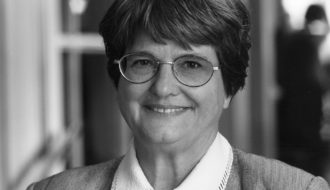
Sister Helen Prejean is an anti-death penalty advocate in New Orleans and the author of "Dead Man Walking."

A Jesuit priest was the first to establish Catholic missions among the Indigenous peoples of the Gulf South.

African American Gospel music incorporates elements of both black vernacular and sacred music, including blues, hymnody, spirituals, the folk church, and even popular song.
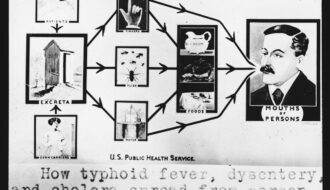
During the nineteenth century, cholera epidemics caused tens of thousands of deaths throughout the state of Louisiana.
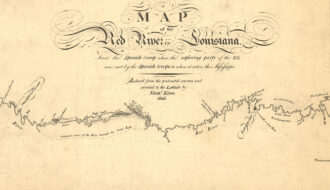
An American effort to explore the Louisiana Purchase territory was hindered by a log jam on the Red River and two hundred Spanish troops.
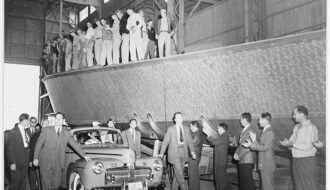
The United States’ entry into World War II spurred Louisiana’s recovery from the economic doldrums of the Great Depression.
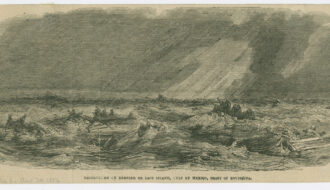
Louisiana hurricanes have played an essential role in the state’s history from colonization through the present and are as memorable as the places and people they impact.
Jockey J. D. Mooney was the son of a riverboat captain and horse breeder from New Orleans.
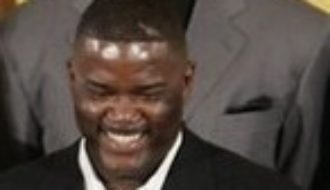
Despite growing up in a region where football was king, Shreveport native Joe Dumars enjoyed a successful career as a player and executive in the NBA.
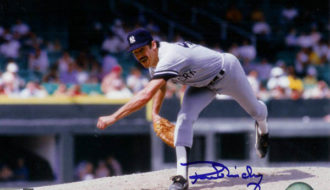
Louisiana native Ron Guidry's performance with the New York Yankees in the 1978 season stands decades later as one of the greatest pitching achievements in modern baseball history.
A star athlete at Tulane University, Eddie Morgan played for the New Orleans Pelicans in 1927 before joining the Cleveland Indians.
One-Year Subscription (4 issues) : $25.00
Two-Year Subscription (8 issues) : $40.00